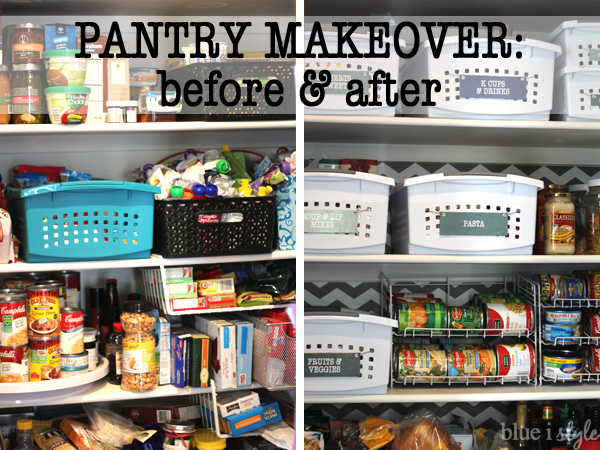At first we had so much extra space that I didn’t really need a great organization plan to keep things relatively tidy. But over the years, a lot changed. We now have two kids and we eat at home way more than we used to. Over time, the pantry filled up and, without an organization system, it quickly went from spacious to overflowing {and embarrassing}. When hosting dinner parties and book club, I always made a huge effort to make sure no one saw the hot mess behind the door!
Now that I know this system is really working for us, and sustainable in the long run, I decided it was time to share my top five pantry organizing tips!
PANTRY ORGANIZING TIP #1: START WITH A BLANK SLATE
PANTRY ORGANIZING TIP #2: SORT, CATEGORIZE & FORM A PLAN
Categorize.
Next I sorted all of the food that was now spread all over my kitchen counters and grouped like items together. As I sorted, categories started to take shape. Once all of my food was sorted, I made a list of the categories that I needed to accommodate in the pantry {breakfast foods, side dishes, cans, baking supplies, misc. bottled items, etc}.
Measure Twice.
Once I had a list of items that needed to go back in to the pantry, I began to make a plan. I took detailed measurements of my shelves {including the width, height and depth – taking into account the shelf supports on the edges}. I drew myself a sketch of my pantry before shopping for containers, which made it much easier to ensure the items I bought would actually fit when I brought them home.
Place Daily Use Items at Eye Level.
PANTRY ORGANIZING TIP #3: CHOOSE APPROPRIATE CONTAINERS
Baskets are a Great Alternative to a Custom Pantry System.
I love the Sterilite stacking baskets because they are sturdy, affordable, come in multiple sizes, and can be easily stacked. I used sticky notes to indicate the categories, and began to fill them up with food.
As I filled the baskets, I had to make some tweaks to my list of categories – splitting some in to two.
Use Containers Within Containers.
I like to immediately remove certain items {like granola bars and oatmeal packets} from their original boxes as soon as I bring them home from the grocery store because those boxes just take up to much room in the pantry {especially once you’ve eaten some of the contents and the box is half empty}. But small items can quickly become disorganized inside large baskets, so I recommend using smaller bins to contain loose items within your larger baskets or drawers.
Lazy Susans Are Great – But Not Ideal For Cans.
I had previously been using a large lazy Susan for all of my cans, but this solution wasn’t working well for me anymore. Since most cans are relatively short, I was stacking my cans two or three high to take full advantage of the vertical space, which created a situation where I was constantly knocking things over as I tried to get to the cans in the center of the turntable. I looked at a number of other options for can organization, and really liked these gravity fed can racks.
Consider Transferring Some Items to Reusable Containers.
I love the look of pretty pantries where every single item is in a matching, labeled container. But it’s important to be selective and realistic when deciding which items to place in reusable containers, and which to leave in their original packaging. If you plan to transfer too many items, it will be hard to keep up after each grocery shopping trip. Instead, choose those staple items that you have in your pantry at all times, and which are otherwise hard to store {due to inconvenient size or packaging}.
For example, our pantry shelves are just a bit too short for cereal boxes to stand upright, and when turned on their side, the contents often ended up spilling out. To solve this problem, I utilized the same plastic canisters that I used for organizing all of our latex paint in our utility room. I love these canisters because of the built-in handle and because they are an excellent value {only $1.99 for the 2 quart size and $2.99 for the gallon}. The larger canisters are the perfect size to hold a full, large box of cereal, and when stacked three deep on the pantry shelf, these canisters allow me to store three varieties of cereal in very little space.
PANTRY ORGANIZING TIP #4: USE EVERY AVAILABLE INCH
Don’t Let Floor Space Go Unused.
Prior to our pantry makeover, the floor space had become a dumping ground for anything and everything {whether it belonged in the pantry or not}. With 24″ inches of height below the bottom shelf, this was a lot of real estate that I needed to utilize, and the best solution I found were the Like-It brand stacking drawers. I purchased enough of these drawers, in various sizes, to fill nearly all of the space, leaving open just enough space on the left side to stack extra beverages {finally, no more cans of pop freezing and exploding in our garage!}.
Utilize Any Available Wall Space.
Of course, when looking for more storage space, you can never ignore the walls. There is about 18″ of space between our pantry door and the front of the shelves, leaving a narrow strip of wall to the right and left of the shelves.
Put the Back of the Pantry Door to Use.
PANTRY ORGANIZING TIP #5: ADD PRETTY LABELS, BUT KEEP IT DURABLE AND FLEXIBLE
Labeling Baskets.
Labeling Canisters
Labeling Drawers.
SHOP THIS ORGANIZED PANTRY:
Five steps to an organized & pretty pantry:
1. Start with a Clean Slate
2. Sort, Categorize, and Form a Plan
- Categorize
- Measure Twice
- Place Daily Use Items at Eye Level
3. Choose Appropriate Containers
- Baskets are a Great Alternative to a Custom Pantry System
- Use Containers Within Containers
- Lazy Susans are Great, But Not Ideal for Cans
- Consider Transferring Some Items to Reusable Containers
4. Use Every Available Inch of Space
- Don’t Let Floor Space Go Unused
- Utilize Any Available Wall Space
- Use the Back of the Pantry Door
- Labeling Baskets
- Labeling Canisters
- Labeling Drawers
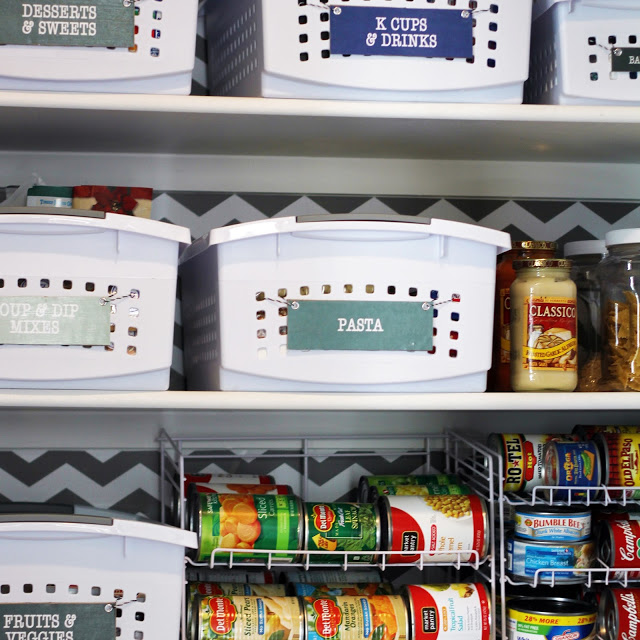
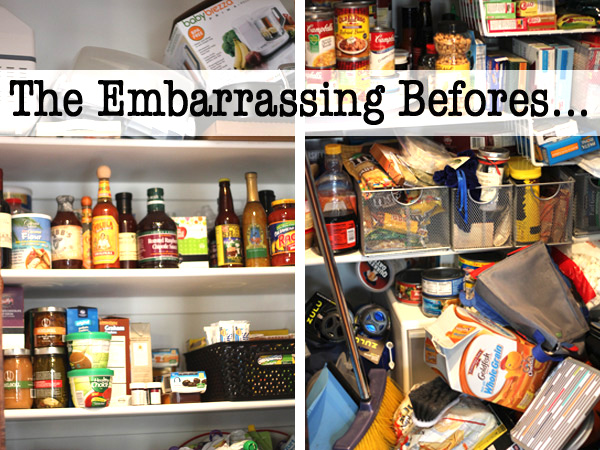
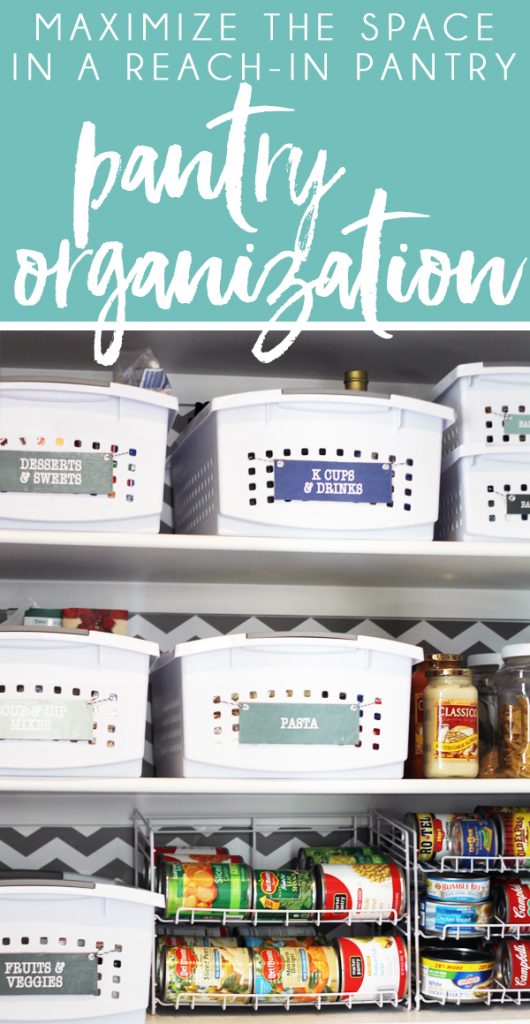
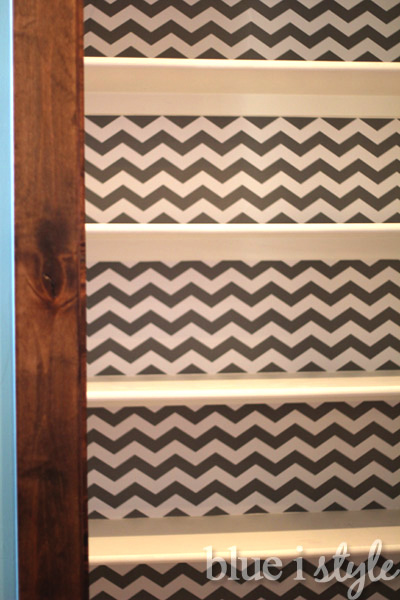
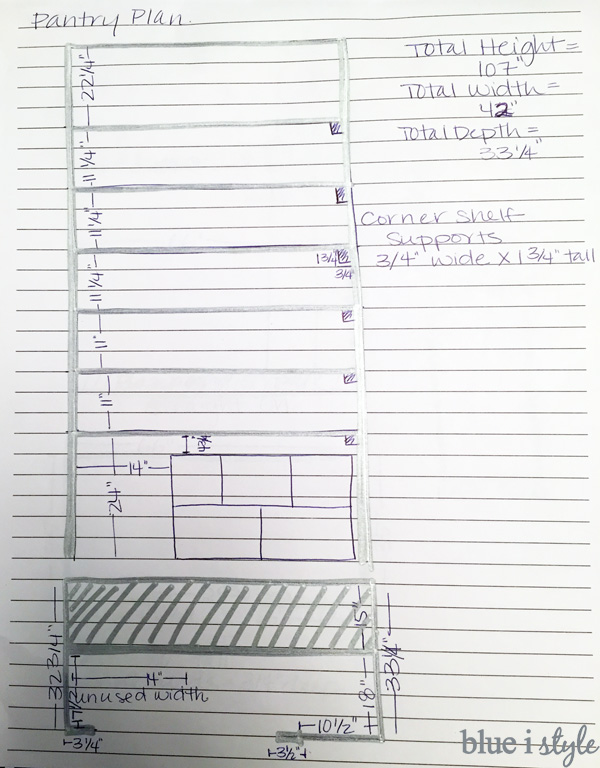
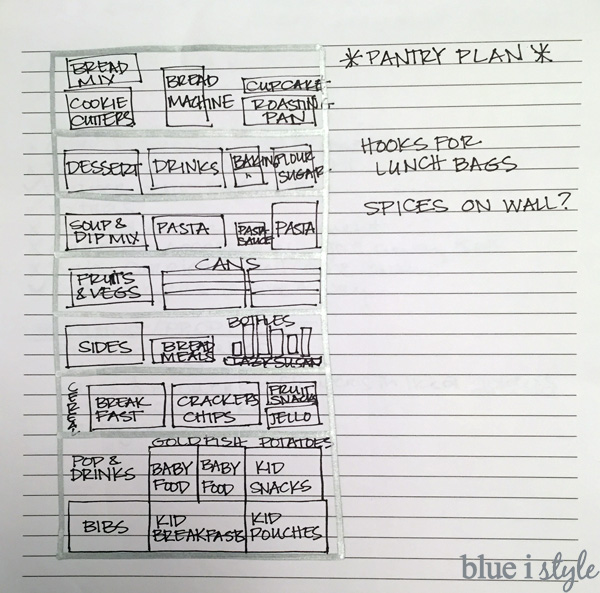
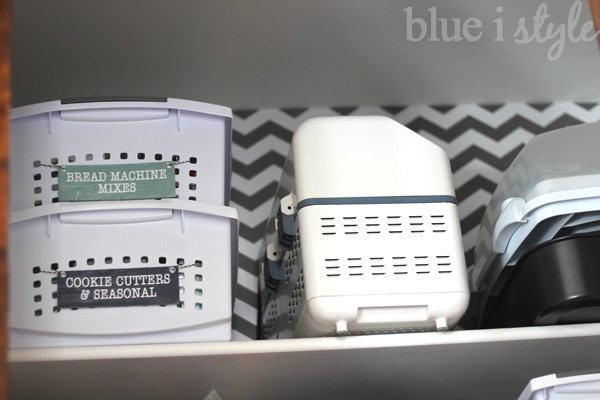
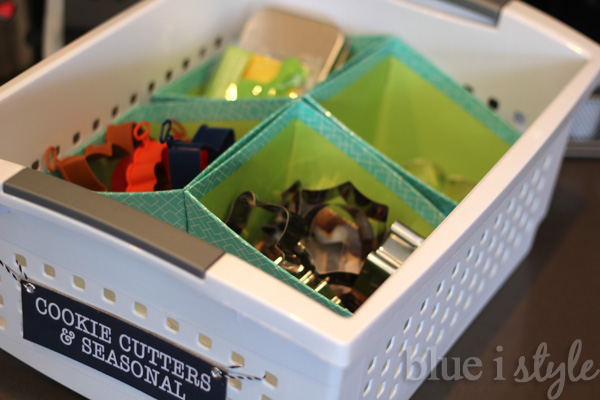
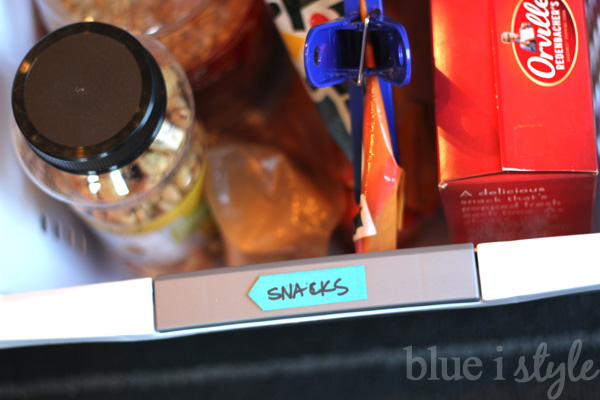
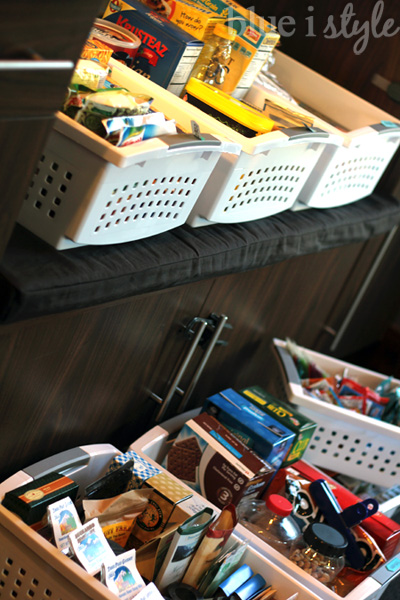
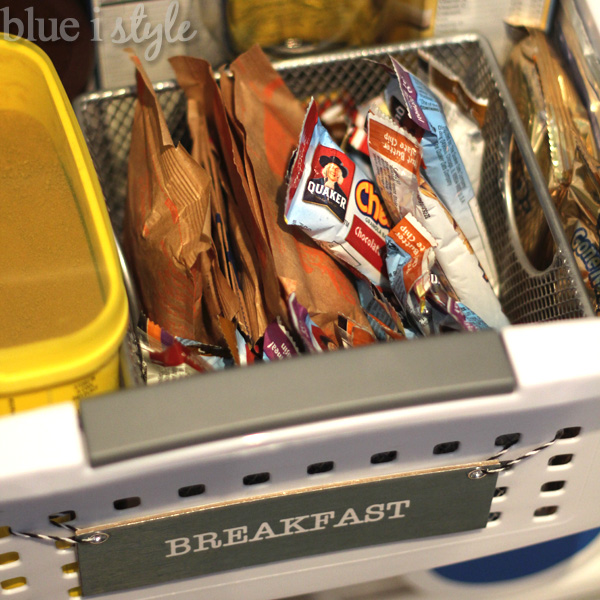
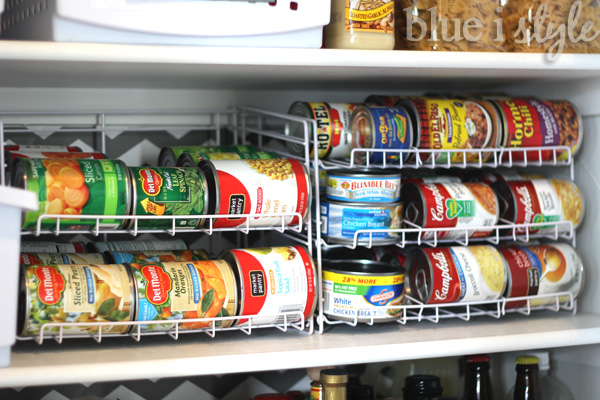
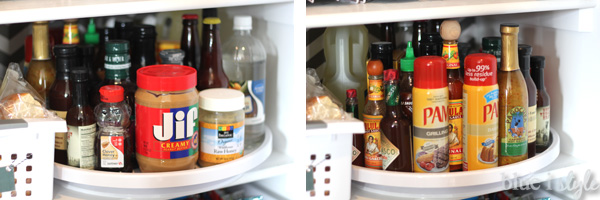
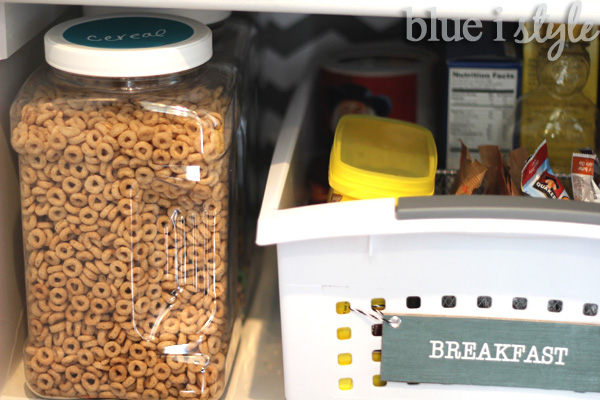
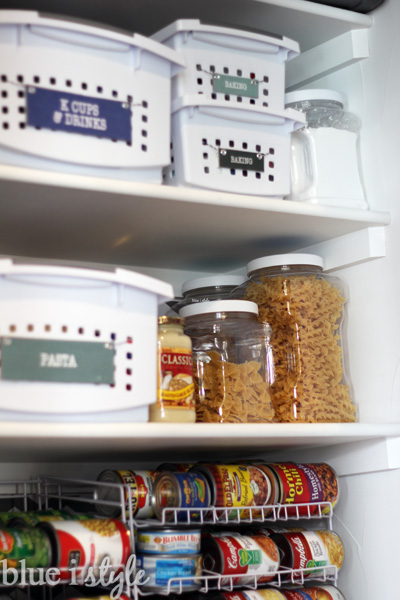
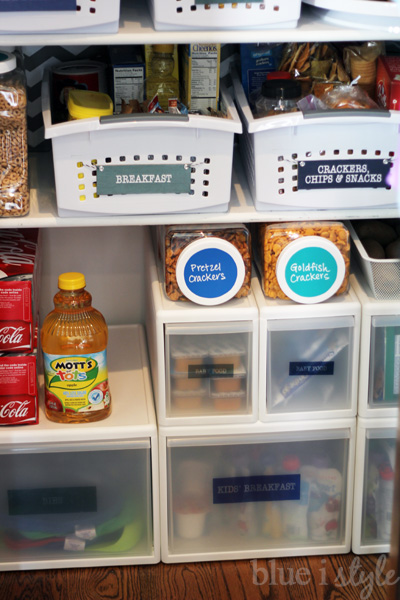
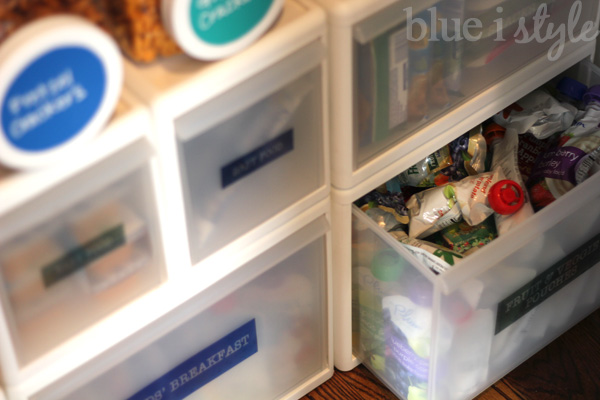
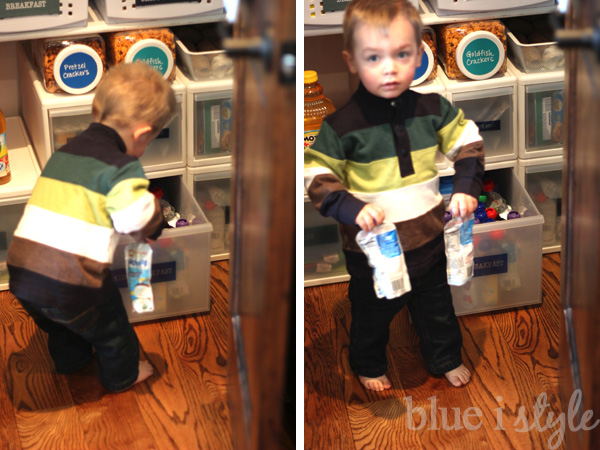
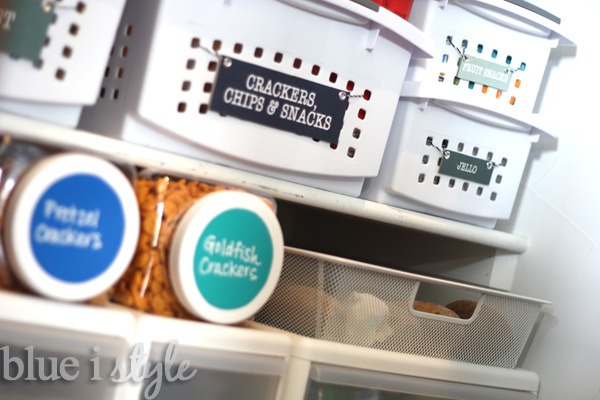
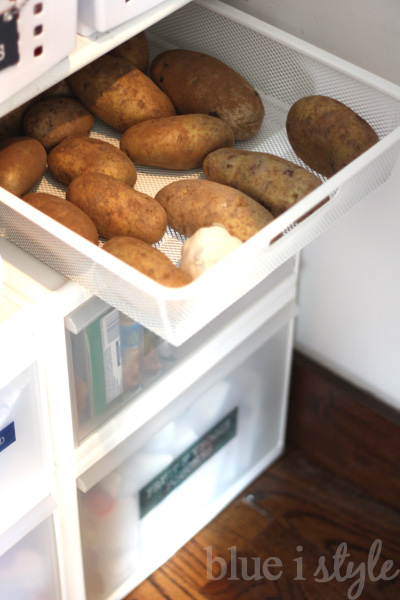
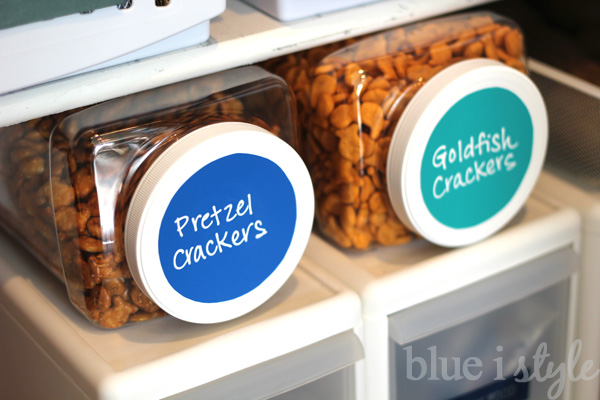
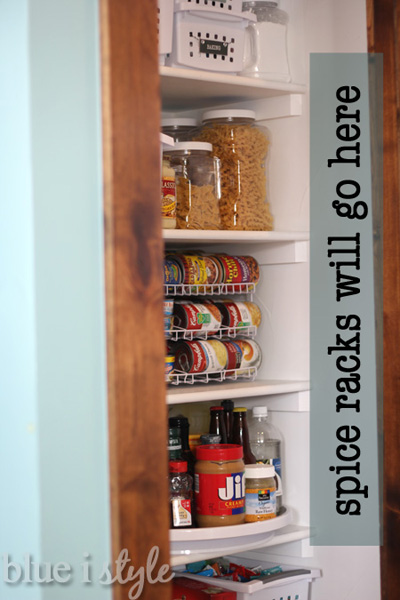
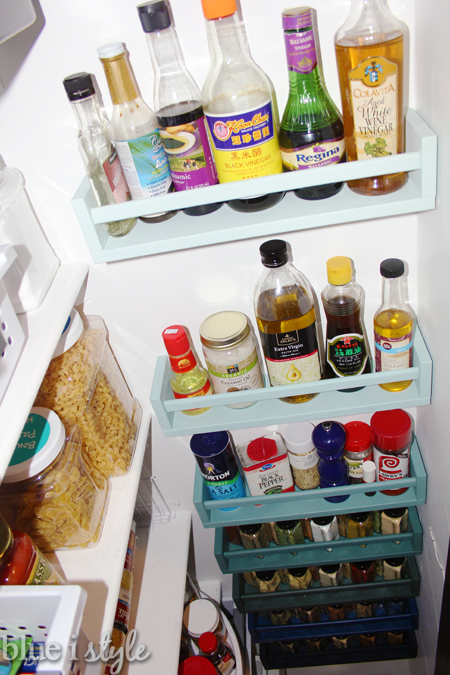
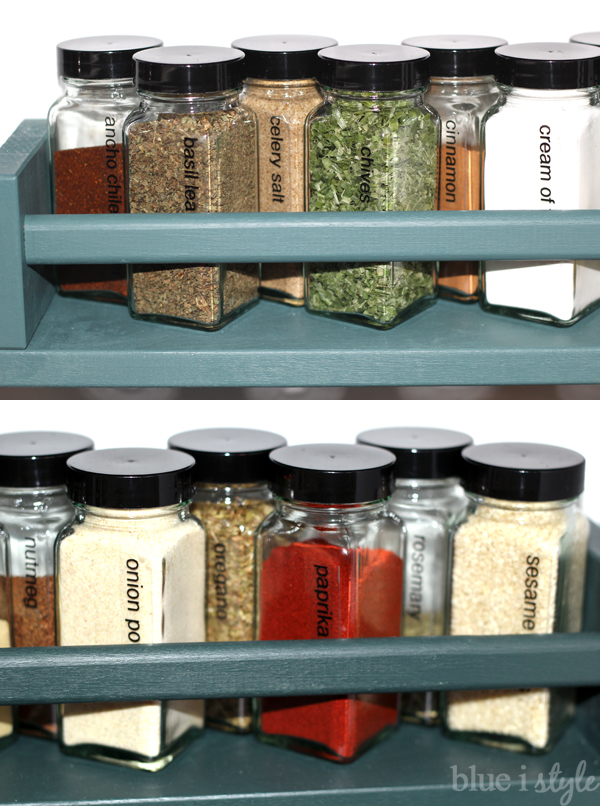
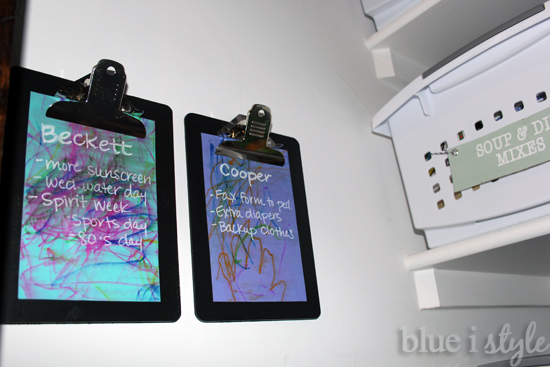
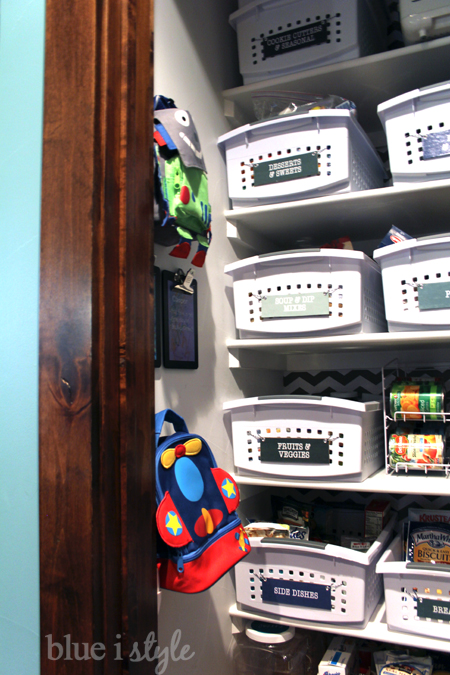
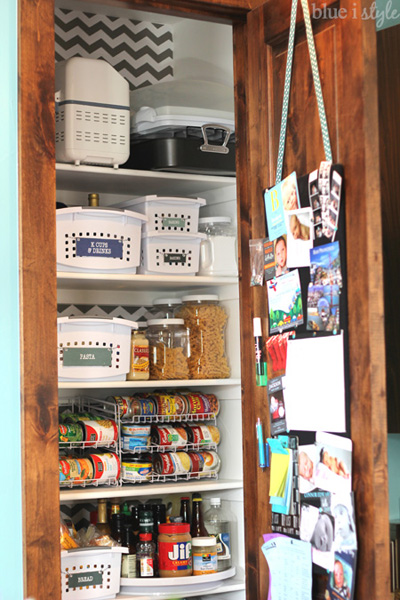
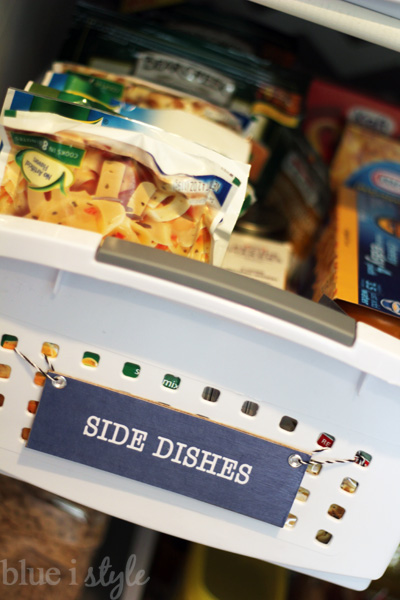
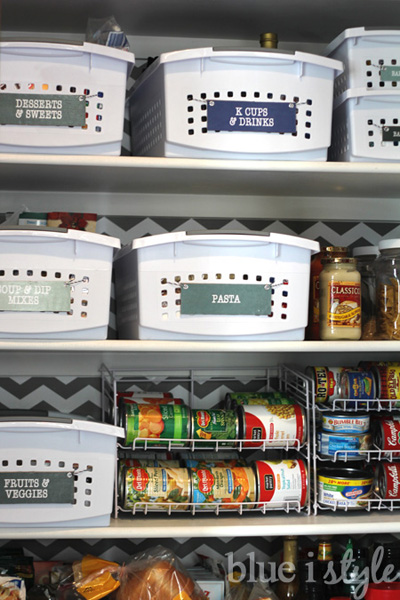
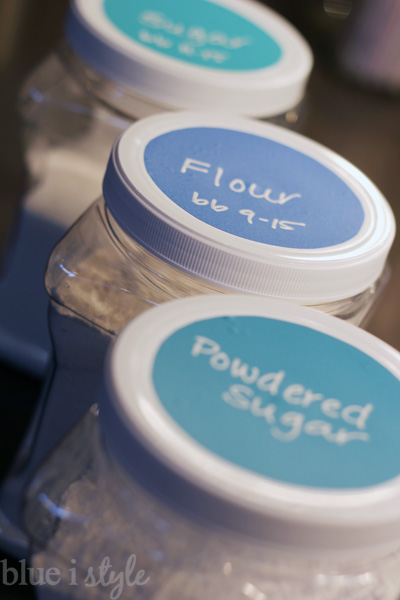
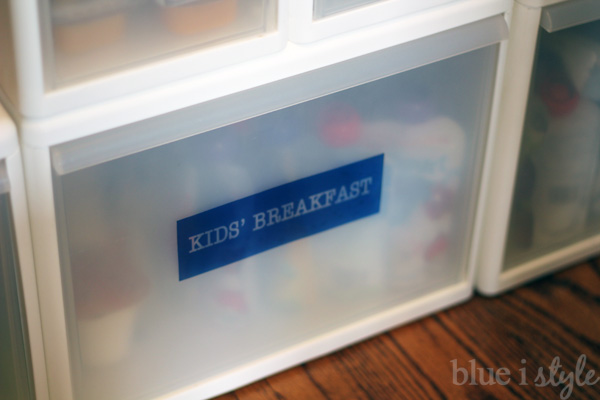
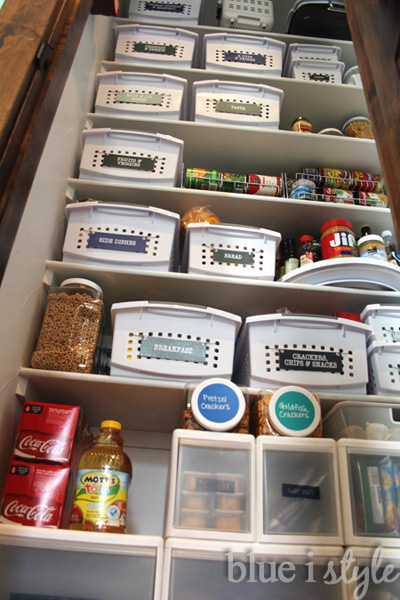
 JavaScript is currently disabled in this browser. Reactivate it to view this content.
JavaScript is currently disabled in this browser. Reactivate it to view this content.